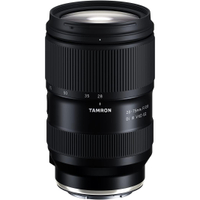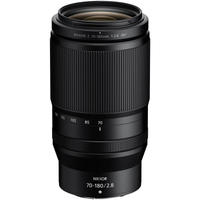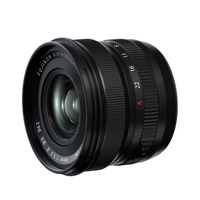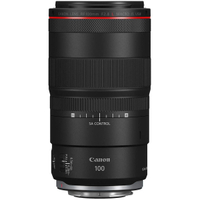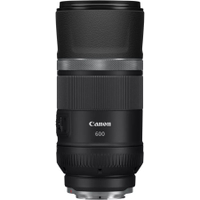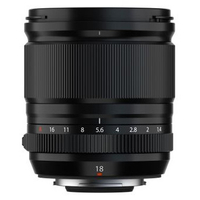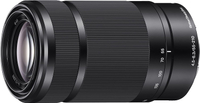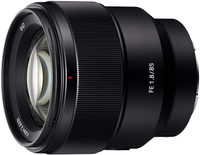Before you buy a new camera in the Cyber Monday sales, ask yourself: would I get more out of a new LENS?
Be honest with yourself, are you just amassing cameras at this point? If so, maybe it’s time to resist the best Cyber Monday camera deals and invest in a lens or two
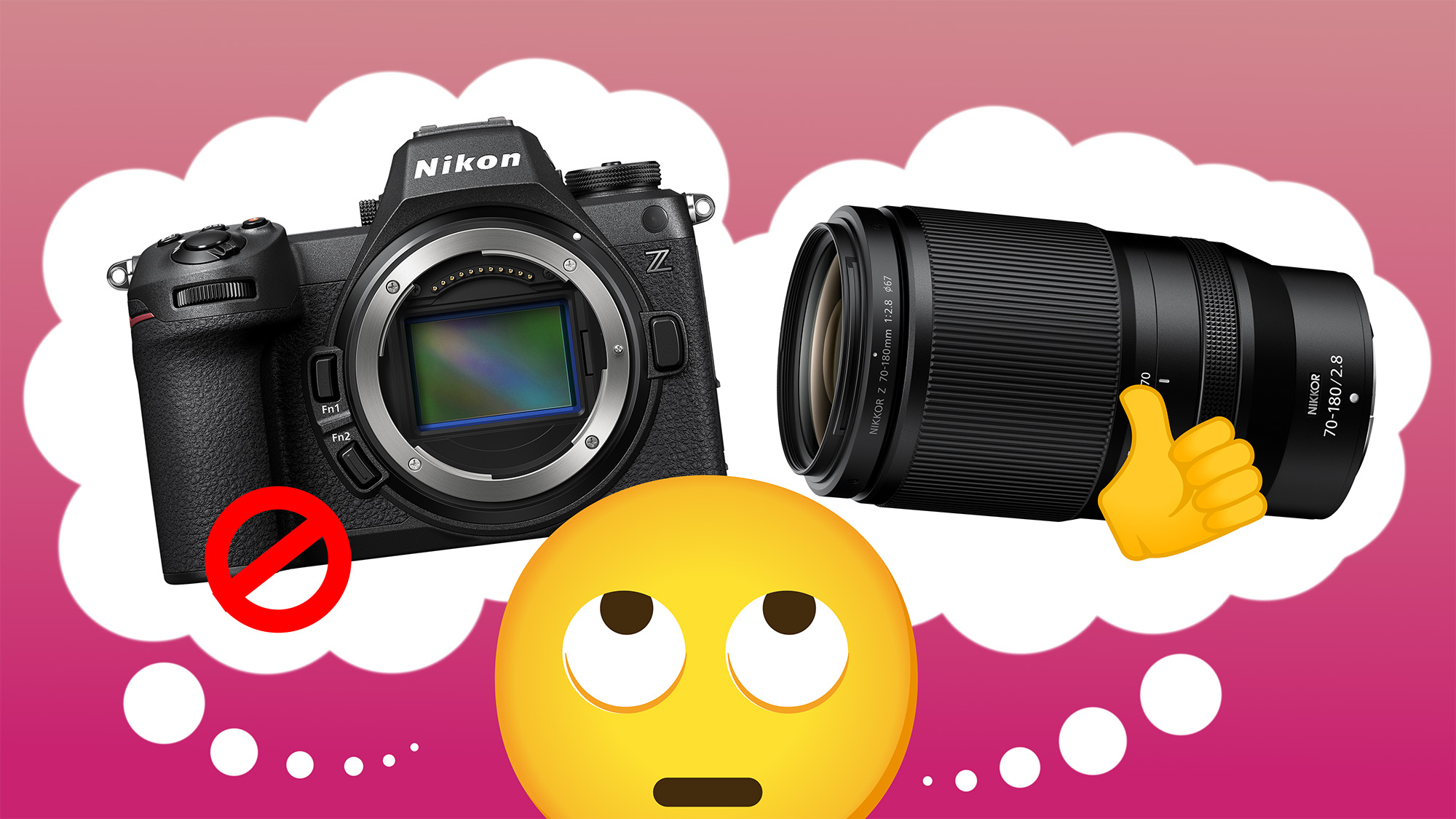
Let’s face it, most of us aren’t photography enthusiasts, we’re camera enthusiasts. We spend most of our time debating the latest camera releases, squabbling over things like resolution, frames per second and, of course, which manufacturer boasts superior autofocus algorithms.
This fascination with cameras is hardly surprising. They’re the central nervous system of image-making. Most of the big advancements in photographic tech come by way of the camera, so when the best Cyber Monday camera deals roll around, the obvious thing is to buy a new camera!
Now, there’s nothing wrong with buying or even collecting cameras. However, if you’re just amassing a sexy collection of cameras with the odd kit lenses thrown in, maybe you need to consider what you’re trying to get out of your hobby.
If you’re a self-confessed camera nerd whose photography rarely ventures farther than the backyard or the odd trip into town, there is absolutely nothing wrong with that at all.
Plenty of photography enthusiasts get their enjoyment from the engineering side of things, and simply love to tinker with new cameras and find out what makes them tick.

Hi, I’m Mike. I’ve worked in the photography industry for seven years, with five spent swabbing the decks of the good-ship N-Photo: The Nikon Magazine as Technique Editor and then Deputy Editor. My main role was to commission and write photography tutorials, so when I jumped ship to Digital Camera World, the How To Ed role was a natural fit. If the subject’s Nikon cameras or photography techniques, I’m yer man!
But if you’d dearly like to broaden your image-making horizons and become a better photographer, spending your hard-earned money on a new camera every Black Friday – and ignoring lenses – could be stifling your progress. Here’s why and what you can do about it…
Why a lens is more…
There are plenty of reasons to upgrade your camera, such as gaining access to a faster and more accurate autofocus system, better low-light capabilities, higher dynamic range, and much more. But the camera isn’t the be-all and end-all of image making. If you don’t have the lenses for it, only ever using a ‘nifty fifty’ on, say, a Nikon Z9 is a little like driving a Ferrari F40 and never getting out of second gear.
Get the Digital Camera World Newsletter
The best camera deals, reviews, product advice, and unmissable photography news, direct to your inbox!
The fact is, you can go back to the photography pioneers of the 19th Century and you’ll find stunning images. Even with the most basic cameras, photographers have always delivered the goods. By and large, camera advancements have made the image-making process easier – increasing the margin for error, if you will. But I never look at photographs from some of my favorite film photographers and think, that would have been a better photo if it was captured on a Canon EOS R5.
Compared to cameras, lenses haven’t changed nearly as much over the years. And while autofocus, image stabilization, and various elements and coatings have improved the reliability, accuracy, and image quality of lenses, it’s the variety of focal lengths and focusing distances that really matter to your photography. Different types of lenses have different fields of view, which essentially enables us to crop into or widen our view of the scene in front of us.
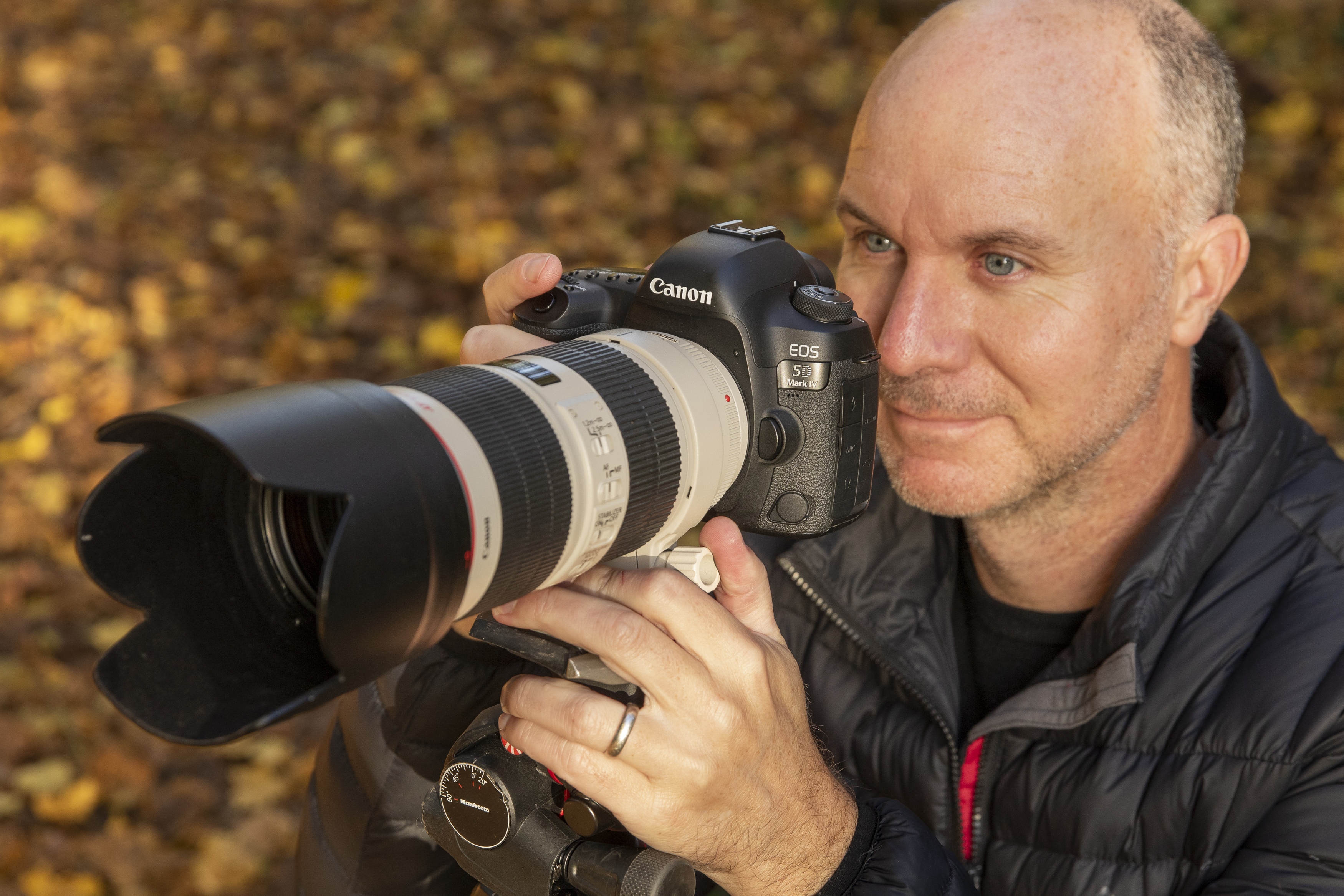
For example, telephoto and super-telephoto lenses are typically used for wildlife and sports photography, because they enable the photographer to close the gap between themselves and typically far-away subjects.
Standard and mid-telephoto lenses are often used for portraits since they offer a comfortable working distance for the photographer and subject, and produce flattering portraits due to their lack of barrel or pincushion distortion. And wide-angle lenses are often used by landscape and architecture photographers looking to squeeze sprawling vistas into the frame.
Now, limitations can of course breed creativity – and too many lens options can have also an adverse effect. Plenty of street photographers swear by using a single 50mm prime (or ‘nifty fifty’) because ‘zooming with their feet’ puts them in the heart of the hustle and bustle and helps them find unique compositions.
But, if you’re an enthusiast photographer who hasn’t found your calling yet and you want to try out different genres, or you’ve been stuck with the same crumby old kit lens, investing in some new glass could be the best thing you’ve ever done for your photography.
So, here are a few recommendations in the form of Black Friday deals, from me. We all shoot on different systems, so I’ve made a point of including lenses from various major manufacturers. I can’t include every great lens, so I’ve made a list with plenty of variety. If you’re not sure what type of lens you’d like to buy next, though, I’ve written a guide on why you need to choose the right focal length of lens to use for your photography, which will help.
Enjoy all the new creative possibilities your new lens provides you with... or your new camera!
US Cyber Monday lens deals
Tamron 28-75mm f/2.8 Di III VXD G2 | was $899 | now $699
Save $200 at Adorama I own the Nikon version of this Sony-fit lens and while its standard zoom range might be comparable to some kit lenses, it’s the fast f/2.8 aperture that sets this optic apart. You’ll be able to shoot with one of the most versatile zoom ranges available, while having the ability to capture lovely, shallow depths of field. It’s weather-sealed and beautifully sharp, too. A great price for a pro-worthy lens.
Nikon Z 70-180mm f/2.8 | was $1,249.95 | now $1,046.95
Save $203 at B&H Nikon’s more affordable take on the S-Line ‘trinity’ telephoto zoom, the Z 70-180mm f/2.8 is essentially a 70-200mm, one of the most usable zoom ranges available. The fast, constant aperture will produce gloriously shallow depths of field at the telephoto end. If you’re into wildlife, portraits, sports, close-ups and even landscapes, this is a great option to have in your kit bag.
Fujifilm XF 8mm f/3.5 R WR| was $799 | now $599
Save $200 at Adorama An ultra-wide-angle lens is a must-have optic for architectural photographers or creatives who want to experiment with pronounced barrel distortion. This example from Fujifilm is small, well built and weather resistant.
Canon RF 100mm f/2.8L IS Macro USM | was $1,199 | now $999
Save $200 at Adorama Few lenses provide a more dramatic change in perspective than a true 1:1 macro lens. The ability to close focus provides frame-filling compositions of tiny subjects and ethereal, shallow depths of field. Nearly no focus breathing, razor sharpness and up to eight stops of image stabilization (with the right cameras) make this one of the best macro lenses money can buy right now. This Adorama deal includes a ProOptic lens filters, cleaning kit, camera strap, Corel Windows software and more. This alternative bundle swaps out Windows software for macOS apps.
UK Cyber Monday lens deals
Canon RF 600mm f/11 IS STM | was £829 | now £609
Save £220 at Park Cameras A super super-telephoto lens at a really affordable price! If you are photographing birds, going on safari, or into field sports, this is an affordable way to get in really close to the action. Includes 64GB SDXC card. You must use the coupon code CANON-150 to get this price
Fujifilm XF 8mm f/3.5 R WR | was £799 | now £539.10
Save £259.90 at Park Cameras, with 10% voucher This super-wide prime gives you an equivalent focal length of 12mm - so a big help for shooting interiors or city architecture. Includes 64GB SDXC card. Apply the code FUJIFILM-10 to get this price
Fujifilm XF 18mm f/1.4 R LM WR| was £849 | now £683.10
Save £165.90 at LCE, with 10% voucher Offering a 27mm equivalent focal length, this is a useful wide prime, with an impressive f/1.4 maximum aperture. Apply the code FUJIFILM10 during checkout to get this price
Sony E 55-210 mm f/4.5-6.3 | was £201.99 | now £169
Save £32.99 at Amazon This is an amazingly priced zoom lens for your Sony APS-C camera. With a 3.8x magnification range, it's also got built-in OSS (Optical SteadyShot) image stabilisation and quiet autofocus for stills and video.
Sony FE 85mm f/1.8 | was £600 | now £344
Save £256 at Amazon This fast short telephoto lens is the perfect partner for portraits, with an f/1.8 maximum aperture that is guaranteed to big up the bokeh.
Maybe you've got enough lenses and are looking for some neat photography accessories. Check out the best tripod for photography.
If you want to make sure you're getting the very best deals possible, I scoured the best camera retailers' price-match policies this Cyber Monday.

Mike is Digital Camera World's How To Editor. He has over a decade of experience, writing for some of the biggest specialist publications including Digital Camera, Digital Photographer and PhotoPlus: The Canon Magazine. Prior to DCW, Mike was Deputy Editor of N-Photo: The Nikon Magazine and Production Editor at Wex Photo Video, where he sharpened his skills in both the stills and videography spheres. While he's an avid motorsport photographer, his skills extend to every genre of photography – making him one of Digital Camera World's top tutors for techniques on cameras, lenses, tripods, filters and other imaging equipment – as well as sharing his expertise on shooting everything from portraits and landscapes to abstracts and architecture to wildlife and, yes, fast things going around race tracks...
